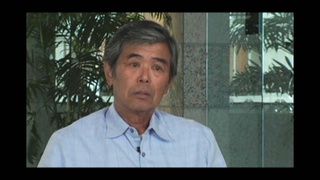Interviews
Philosophical beauty in the art of bonsai
Zen is actually, it’s beyond the beauty. It has to be beautiful but not just beautiful, it has to beyond the beautiful, which means not just colorful or good-looking shape or anything like that. It’s beyond that, which means, well, the quality and something you can’t describe it. You can describe it with art techniques. It’s more philosophical beauty. I don’t know. It’s very difficult to explain about this Zen, though, because it’s a religion, you know. So, it has to be beautiful but wabi or sabi, yeah. Well, it’s wabi or sabi, we call it wabi or sabi, which means it’s beautiful, but it’s more than beautiful. There’s more significant meaning than beautiful. Wabi or sabi is. This is what zen is.
Shibui, wabi or sabi, shibui. It’s pretty hard to describe it in English, but like I say, it’s beautiful, of course, but that’s not just beautiful, you know. You have to have to have more moral thing than beautiful. It’s something, well, it’s pretty hard to describe it. I think only way is it’s beyond the beauty and not just the colorful or not just beautiful shape kind of thing. Of course, you have to have that, too, but it has to be beyond that.
Date: February 4, 2004
Location: California, US
Interviewer: Daniel Lee
Contributed by: Watase Media Arts Center, Japanese American National Museum

